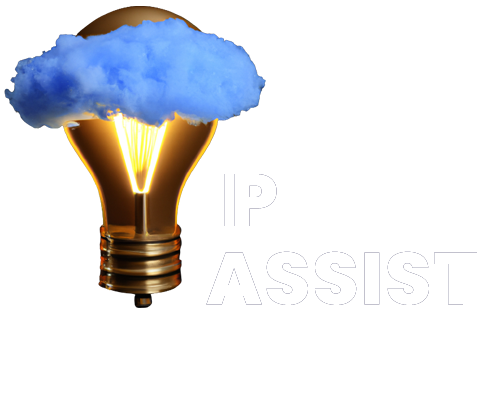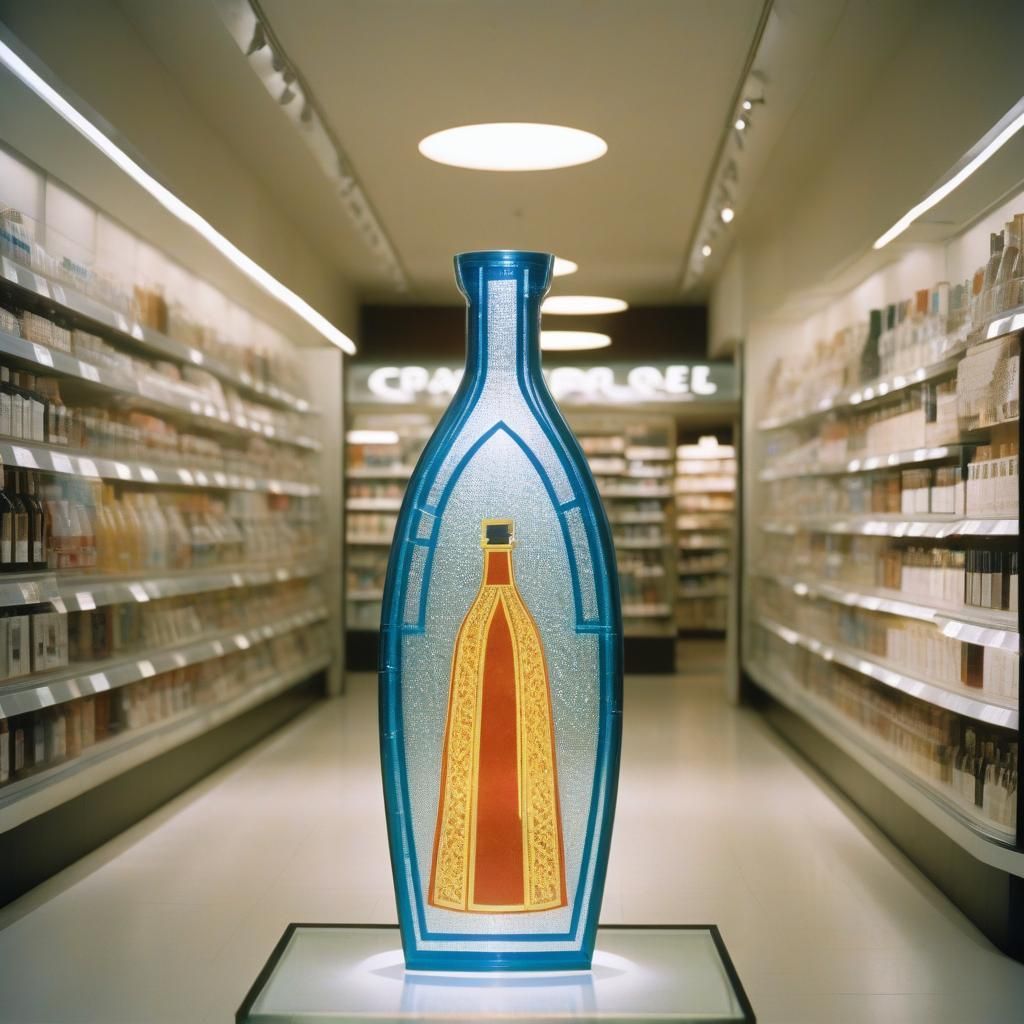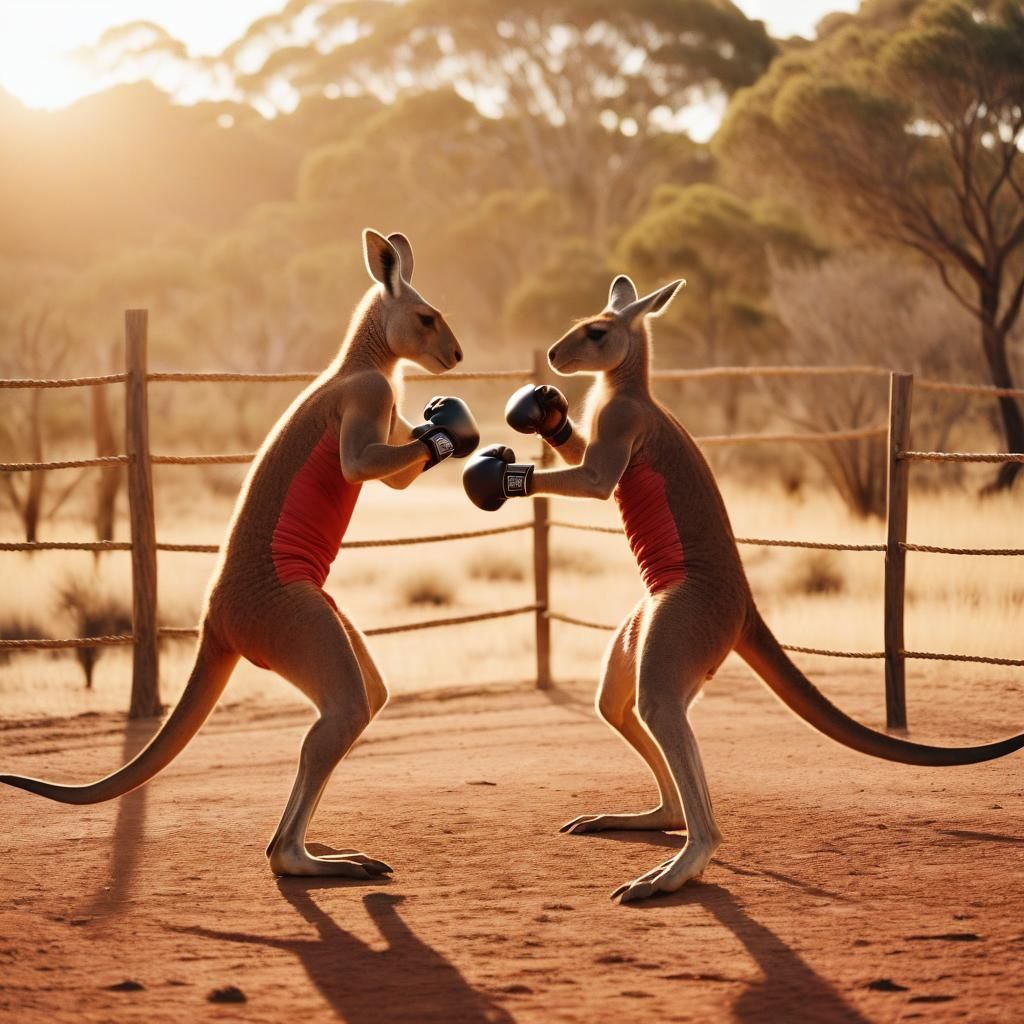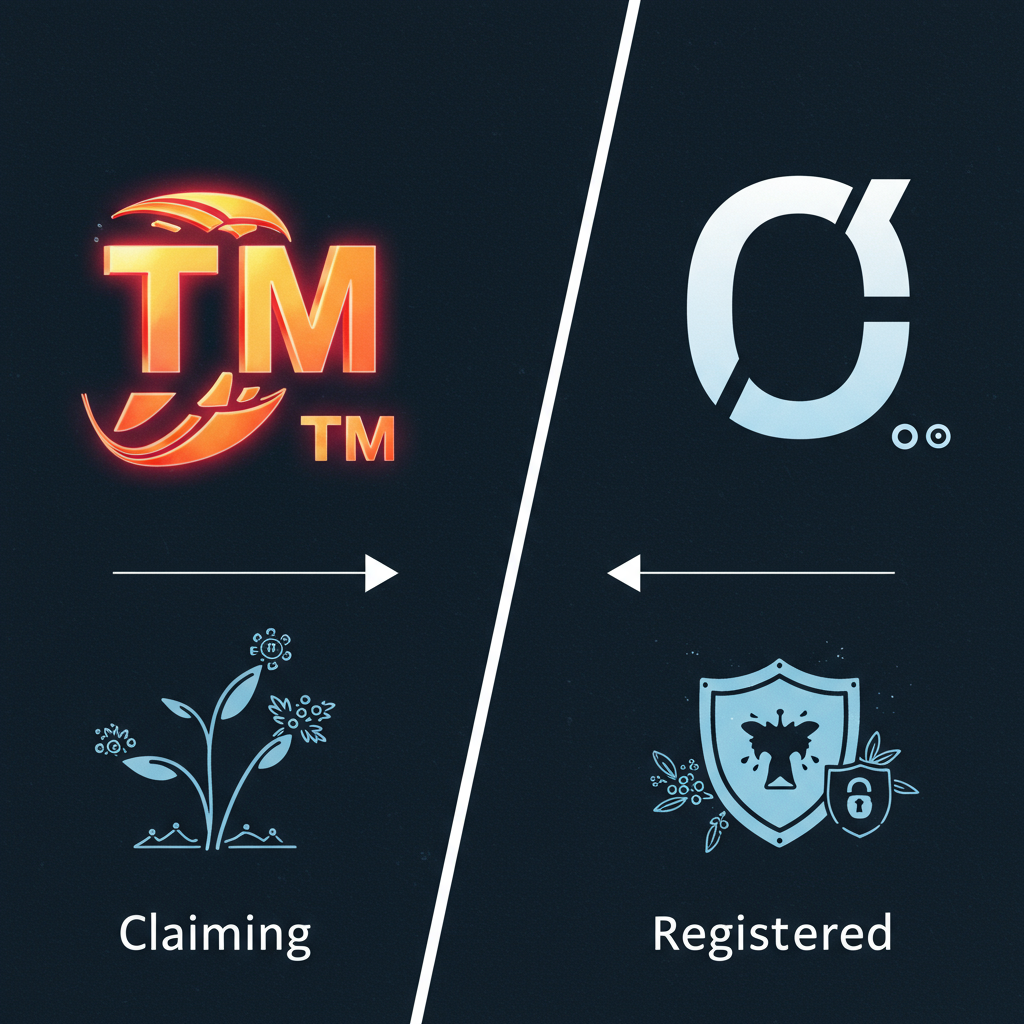Trademark vs. Service Mark: What’s the Big Diff for Aussie Businesses?
Trademark vs. Service Mark: What’s the Big Diff for Aussie Businesses?

Ever seen that little "™" or "®" symbol floating next to a brand name or logo? Those tiny marks pack a mighty punch in the world of intellectual property, signalling ownership and protection. But here’s a curly one: have you ever heard the term "service mark" thrown around? And if so, what’s the difference, and does it even matter to your Australian business?
Strap yourself in, because we're about to demystify these IP symbols and explain why understanding the distinction – even if it's just conceptual – is crucial for any Aussie outfit, whether you’re flogging physical goods or offering cracker services.
What Exactly is a Trademark?
In Australia, the term "trademark" is the big kahuna. Under our Trade Marks Act 1995, a trademark is essentially a badge of origin. It's a sign used to distinguish the goods or services of one trader from those of another.
Most commonly, when we talk about trademarks, we're thinking about the branding for
physical goods. This includes:
- Logos: Like the iconic Nike® swoosh on their shoes.
- Names: Think of the distinctive "Arnott’s®" name on every packet of biccies.
- Packaging: That unique Vegemite® jar label is instantly recognisable and trademarked, not just the name itself.
- Product design: Sometimes, the actual shape or design of a product can be trademarked if it's highly distinctive and acts as a source indicator.
It’s about showing consumers where that awesome product came from.
So, What on Earth is a Service Mark?
Historically, especially in the United States, a "service mark" was a distinct category used specifically to identify and distinguish services rather than tangible products. While a trademark points to a good (like a pair of runners), a service mark points to a service (like a delivery).
Think of well-known examples from the U.S.:
- FedEx®: While they deliver parcels (goods), their core offering is the service of rapid shipping and logistics, so their branding is often cited as a service mark.
- McKinsey & Company®: A global consulting firm – they don't sell physical products; they provide expert advice and strategy, which falls squarely into the service realm.
This distinction was historically about clarifying whether you were branding a thing or an action.
Do Service Marks Even Exist in Australia? The Plot Thickens!
Here's where it gets interesting for those of us Down Under: under IP Australia, there's no legal distinction between trademarks and service marks. That's right, mate!
IP Australia uses a single, unified "trademark" term to cover both goods and services. This means whether you're selling surfboards or offering legal advice, you'll still apply for a "trademark" registration for your brand name, logo, or slogan.
So, if you’re a service-based business – say, a sizzling social media agency, a top-notch tradie, or a sharp-witted law firm – you absolutely still trademark your brand names, slogans, and logos. The legal process and the protection you get are the same as for a business selling physical products. It just means the official paperwork won't ask you to tick "service mark."
Trademark Classes for Services in Australia: Your Brand's Home Address
Even though IP Australia lumps them together, the world of trademarks uses something called the Nice Classification system. This system divides goods and services into 45 different classes. When you apply for a trademark, you have to specify which classes your goods or services fall into.
For service-based businesses, there are specific
service classes you’ll need to pay close attention to, generally ranging from Classes 35 to 45. Knowing your class is crucial for getting the right protection!
Here are a few examples:
- Class 35: This is a big one for services like marketing, advertising, and retail services. If you run a social media agency or an online store, this class is likely your bread and butter.
- Class 41: Covers education and training services, entertainment, and sporting activities. Think yoga studios, online learning platforms, or fitness coaches.
- Class 44: Deals with healthcare, wellness, and beauty services. Medical clinics, dentists, massage therapists, and hair salons would typically register under this class.
Real-World Examples: Aussie Service Brands That Nailed Their Trademarks
Australia is chock-full of brilliant service providers who’ve successfully trademarked their brands, proving that a strong mark is just as vital for services as it is for products.
- Telstra®: Our telecommunications giant. Their name, logo, and even their distinctive "T" symbol are all trademarked, identifying their phone, internet, and data services.
- Seek®: The online job board powerhouse. Their brand identifies the service of connecting job seekers with employers, not a physical product.
- Flight Centre®: When you think of booking a holiday, you likely think of Flight Centre. Their brand, logo, and slogans are trademarked to identify their travel agency services.
- Jim’s Mowing®: A classic Aussie success story. The "Jim’s" brand applies to a vast franchise network offering a multitude of services, from mowing to cleaning and dog washing. Their brand name and iconic logo are their distinguishing marks.
These brands all use their logos and slogans for instant distinctiveness, proving that a unified "trademark" system still delivers powerful protection for service providers.
Why the Distinction Still Matters (Conceptually): Beyond Just Aussie Law
While IP Australia uses a single term, understanding the conceptual difference between a trademark and a service mark still has its merits:
- Strategic Thinking: It helps businesses think strategically about what they're protecting. Are you selling a tangible item, or are you providing an intangible experience or expertise? This clarity helps you identify the exact elements of your brand that need safeguarding.
- Educating Clients: It's good for educating clients and partners who might be unfamiliar with IP terminology or who operate in markets where the distinction is legally formalised. You can explain that while Australia's system is streamlined, conceptually your mark is indeed identifying a service.
- International Business: This is key! If your Aussie business plans on expanding to the U.S. or other countries where the distinction is legally relevant (like the Philippines or Canada), you'll encounter separate definitions and potentially separate application processes for trademarks (goods) and service marks. Knowing this ahead of time saves a lot of headaches!
How to Register a Service Trademark in Australia: Your Brand's Best Mate
The process via IP Australia’s online portal for registering a trademark for services is straightforward. You’ll navigate to the "Apply for a trademark" section, just like any other business.
The most critical step for service-based businesses is choosing the correct class for service-based businesses in the Nice Classification system. Getting this right ensures your protection actually covers the services you offer. Don’t chuck a U-ey on this part – get advice if you're unsure!
Remember, when you apply, you’ll be defining your branding elements:
- Your business name (the most common type of trademark)
- Your unique logo
- That catchy slogan
- Even distinctive colour schemes or shapes can sometimes be protected if they are truly unique to your brand and services.
Protecting Your Brand as a Service Provider: Guarding Your Good Name
Once your service trademark is registered, you’ve got a powerful tool in your arsenal. This allows you to enforce trademark rights in service sectors against anyone trying to piggyback on your hard-earned reputation.
It's vital to monitor unauthorized use of your service name or logo. This could mean keeping an eye on new business registrations, social media, or competitor advertising. Early detection is key!
If you spot an infringement, your first line of defence is often a cease and desist letter, formally demanding they stop using your mark. If that doesn't work, legal follow-up may be necessary. An IP lawyer can guide you through the process, potentially leading to court action if the infringement continues.
Conclusion: Your Service Brand, Protected Like a True Blue Legend
So, while IP Australia has streamlined the legal lingo, opting for a single "trademark" term for both goods and services, the conceptual differences are still worth understanding. For international ventures or just for crystal-clear strategic thinking, knowing whether your brand identifies a physical product or an intangible service can guide your protection strategy.
For all you brilliant service-based Aussie businesses, protecting your brand effectively is non-negotiable. Your brand name, logo, and slogan are your handshake with the market – they build trust, attract clients, and set you apart. Don't leave them exposed. Your next step should be to get on the blower to an IP professional to ensure your service brand is registered, robust, and ready to take on the world!
FAQs about Trademarks and Service Marks
Q1: Do I need to use the ® symbol for my registered service trademark in Australia?
A: While it's not legally required by IP Australia, using the ® symbol next to your registered trademark (whether for goods or services) is highly recommended. It serves as a clear warning to others that your mark is registered and protected, deterring potential infringers.
Q2: Can a slogan be trademarked for a service?
A: Absolutely! If your slogan is distinctive and used to identify your services, it can be registered as a trademark. Think of how "I'm Lovin' It" identifies McDonald's restaurant services, even though it's technically a global chain selling goods.
Q3: What if my business offers both goods and services?
A: That's common! In Australia, you would apply for a single trademark that covers both the relevant goods classes and the relevant service classes. This ensures comprehensive protection for your entire brand offering.











